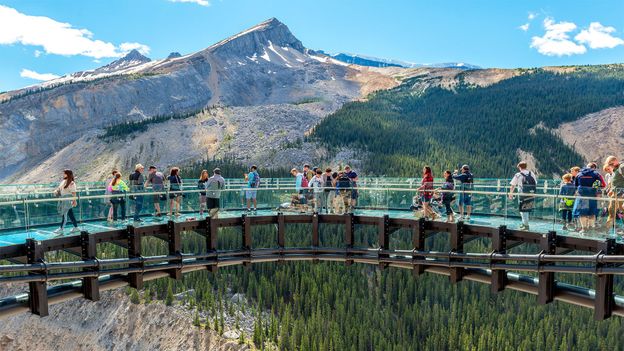International Glacier Preservation Year
With glaciers melting rapidly, 2025 has been designated as the Year of International Glacier Preservation. Here’s how to responsibly visit one before it’s too late.
On a notably warm July day in 2022, certified mountain guide Andrea Milani took a lunch break while rock climbing in Italy’s Dolomites. As he enjoyed pizza with friends, helicopters flew overhead, and ambulance sirens could be heard. A substantial section of the nearby Marmolada glacier, measuring 80 meters wide and 25 meters high, had detached, resulting in an avalanche that claimed the lives of 11 climbers who had just descended hours earlier.
The increased dangers of glacier travel due to climate change are evident. “Rising temperatures result in less reliable snow cover over crevasses and seracs, heightening the risks of hidden dangers,” stated Milani. As a guide for climbers, skiers, and hikers, he emphasizes the importance of safety in these areas.
Experts predict that one-third of glaciers could vanish by 2050, with Marmolada potentially gone by 2040. In light of this, the United Nations has declared 2025 the International Year of Glaciers’ Preservation and established March 21, 2025, as the first World Day for Glaciers, in collaboration with Unesco and the World Meteorological Organization. These efforts aim to persuade governments and organizations to reduce greenhouse gas emissions and adopt climate adaptation strategies to safeguard the Earth’s glaciers.
Globally, human-induced climate change has caused glaciers to melt significantly, contributing to an 8cm rise in global sea levels since 1900. Scenes like the tragic event at Marmolada have become more common across the globe. The historic Chacaltaya glacier in Bolivia has completely melted, while Italy and Switzerland had to redraw borders due to the melting Matterhorn. In Alaska, Muir Glacier has lost an ice layer as tall as One World Trade Center.
Traveling to glaciers like Marmolada safely is still possible with the right knowledge. Visiting glaciers can inspire environmental protection, serving as a reminder of the planet’s fragility. Many glaciers, while primarily located in Antarctica, are accessible worldwide. With 91% residing in Antarctica, careful travel planning allows for easier and safer visits.
Wapta Icefield, British Columbia, Canada
Outdoor enthusiasts flock to the Canadian Rockies for its breathtaking alpine terrain. Notably, the Columbia Icefields span the magnificent Banff and Jasper national parks. Visitors can take an Ice Explorer train to the Athabasca Glacier and experience the Columbia Icefield Skywalk, which offers stunning views of the Sunwapta Valley’s waterfalls and the area’s mountain goats.
This HTML maintains the primary information and structure, presenting it in a clear and organized format while summarizing the content adequately.



